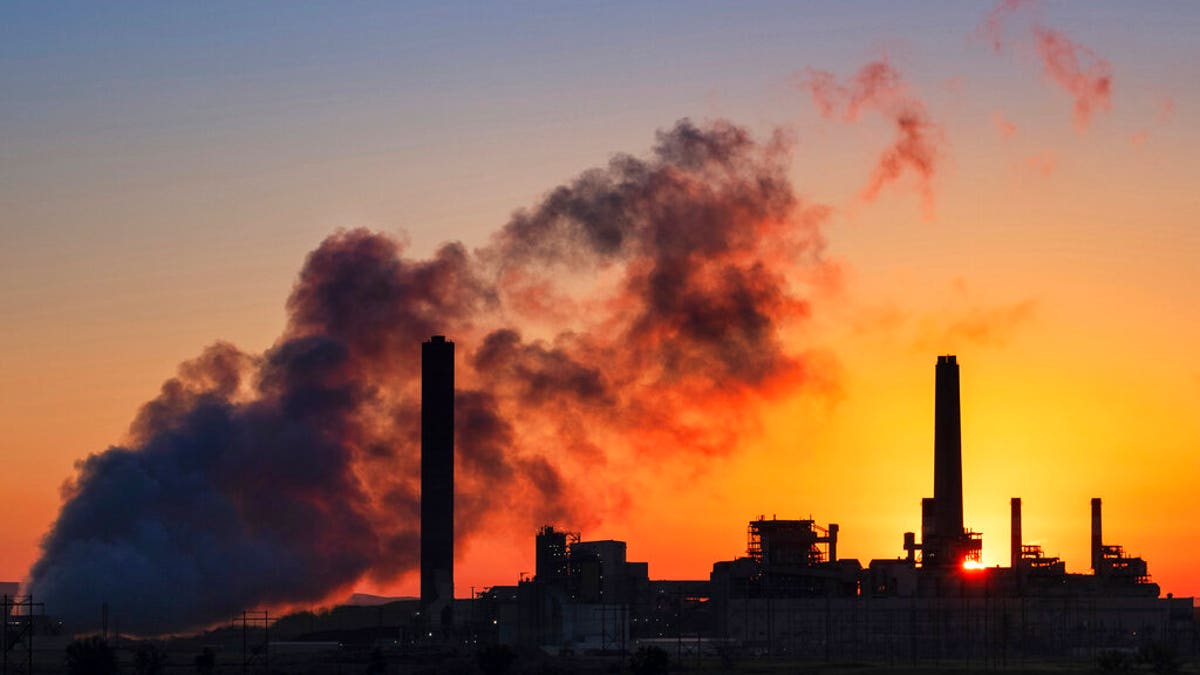Fox News Flash top headlines for March 4
Fox News Flash top headlines are here. Check out what's clicking on Foxnews.com.
A decade of inactivity means that countries worldwide must do far more to avoid "climate disaster," an alarming new study claims.
The study's conclusions, which are based on 10 editions of the United Nations' Emissions Gap Report, found that global annual greenhouse gas emissions increased by 14 percent between 2008 and 2018.
"In 2010, the world thought it had 30 years to halve global emissions of greenhouse gases. Today, we know this must happen in 10 years to minimize the effects of climate change," the study, published on Wednesday in Nature, says.
The report claims that if "serious" action to combat climate change had begun in 2010, the required emissions cuts would have been about 2 percent each year until 2030.
RARE ANCIENT ROMAN HORSE BROOCH DISCOVERED BY SCIENTISTS

In this July 27, 2018, file photo, the Dave Johnson coal-fired power plant is silhouetted against the morning sun in Glenrock, Wyo. (AP)
ANCIENT MONGOLIAN EMPIRES WERE MORE SOPHISTICATED THAN PREVIOUSLY THOUGHT: STUDY
"Instead, emissions increased, and therefore the required cuts from 2020 are now more than 7 percent per year on average for 1.5°C – close to 3 percent for 2°C," the report says. "The gap is so huge governments, the private sector and communities need to switch into crisis mode, make their climate pledges more ambitious and focus on early and aggressive action."
The report notes that the top seven emitters globally are China, the United States, the European Union, India, Russia, Indonesia and Brazil.
However, researchers note the progress that is being made by some countries and recommend dramatically scaling it up as fast as possible: For instance, 53 countries and 31 states or regions have committed to an emissions-free electricity sector; seven more countries have aimed for net-zero greenhouse-gas emissions; also, 21 countries and 52 cities have committed to making all vehicles emissions-free.
"We do not have another 10 years," the report warns "The past decade of political failure on climate change has cost us all dear."





















